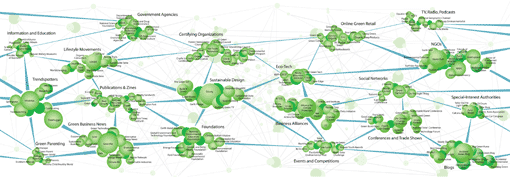
I’ve made it a goal to learn at least one useful thing each day so that I can stay sharp and well-versed on the topic of web development and design. To that end, here’s some of the websites I keep track of to find new techniques, resources, and news about building websites.
Most of these sites are updated frequently, so there’s never a lack of new content that fills up my Google Reader.
Because the role of the web developer is ever-expanding, I’ve also included a variety of sites that covers fields relating to web development - such information architecture, user interaction, and web/graphics design.
2. woork
3. Web Designer Wall
4. Smashing Magazine
5. Vitamin
6. Wake Up Later
7. Snook.ca
8. Signal vs. Noise
9. adaptive path blog
10. Tutorial Blog
more...



















